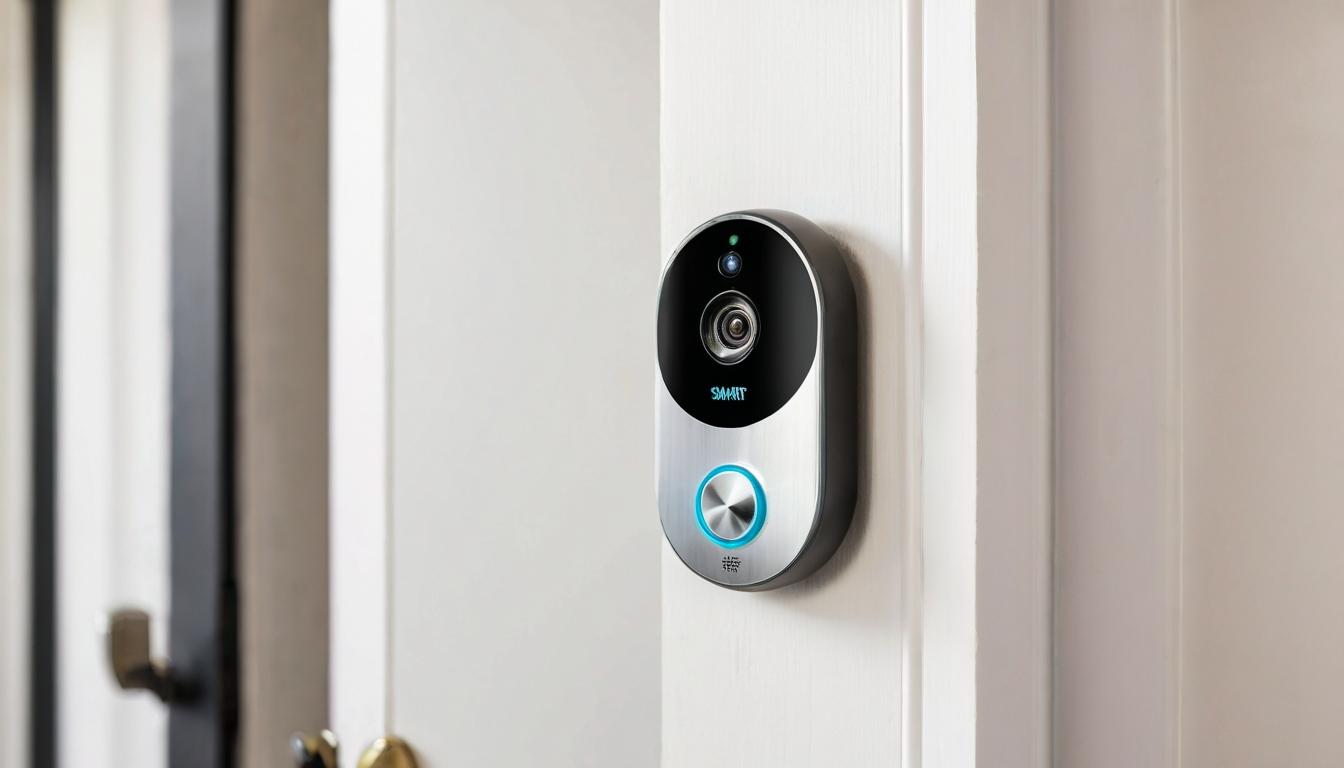The smart speaker in your living room listens to more than just your music requests. The doorbell camera that gives you peace of mind might be giving someone else a window into your private life. The thermostat that learns your schedule could be teaching hackers when you're not home. We've invited technology into our homes with open arms, but we're just beginning to understand the security implications of our increasingly connected lives.
When I started investigating home security for this piece, I expected to find the usual advice about strong passwords and two-factor authentication. What I discovered instead was a landscape of vulnerabilities that most security companies don't want to talk about—because they're often selling the very devices creating these risks. The smart home security market is projected to reach $137 billion by 2027, but the security of these devices hasn't kept pace with their popularity.
Let's start with the most intimate spaces: your bedroom and bathroom. Smart mirrors, connected scales, and even internet-enabled toothbrushes collect data about your health, routines, and private moments. One security researcher I spoke with demonstrated how he could intercept data from a popular smart scale and determine not just someone's weight, but their sleep patterns, bathroom schedule, and when they were most likely to be vulnerable. "We're wiring our private lives for surveillance," he told me, asking to remain anonymous because of ongoing research.
The problem isn't just theoretical. Last year, security firm Check Point discovered vulnerabilities in a popular smart doorbell that would allow hackers to access the home's Wi-Fi network. Once inside, they could control other connected devices, access security cameras, and even disable alarms. The manufacturer fixed the vulnerability after being notified, but thousands of devices remained unpatched because users either didn't know about the update or didn't know how to install it.
What makes this particularly concerning is how these devices connect to each other. Your smart lock might be secure, but if your smart light bulb has a vulnerability, hackers can use it as a gateway to your entire network. I watched as a penetration tester accessed a home's security system through a vulnerable smart refrigerator. "People think about securing their computers and phones," he explained, "but they forget that their coffee maker is now a computer too.
The data collection goes beyond what you might expect. Many smart home devices track not just your usage patterns but also gather audio, video, and even information about guests who visit your home. One privacy policy I reviewed for a popular home assistant stated the company could collect "voice recordings, location information, and device usage patterns" and share this data with "third-party partners." When I asked what that meant specifically, the company's representative couldn't provide clear answers about who these partners were or how they used the data.
Parents face particular risks with smart toys and baby monitors. Several studies have found vulnerabilities in internet-connected toys that could allow strangers to communicate with children. One security researcher demonstrated how he could take control of a popular smart teddy bear and use its camera and microphone to monitor a child's room. The manufacturer claimed they had fixed the vulnerability, but the researcher found similar issues in newer models.
The solution isn't to abandon smart technology altogether—the convenience and safety benefits are real. But we need to be smarter about how we integrate these devices into our lives. Start by creating a separate network for your smart devices, keeping them isolated from your computers and phones where you store sensitive information. Regularly update device firmware, and don't use default passwords. Be selective about what you connect—do you really need a smart toaster?
Manufacturers bear responsibility too. Many rush products to market without adequate security testing, relying on post-release patches to fix vulnerabilities. But consumers often don't install these updates, either because they don't know about them or because the update process is too complicated. We need better security standards for internet-connected devices, and companies should be required to disclose clearly what data they collect and how it's used.
As I wrapped up my investigation, I thought about how quickly we've embraced these technologies without fully understanding the risks. The smart home promises convenience and security, but it also creates new vulnerabilities. The locks on our doors have evolved over centuries, but we're installing digital locks that we don't fully understand and that can be picked from anywhere in the world. The question isn't whether smart homes are the future—they are—but whether we're building that future securely enough to protect what matters most: our safety and privacy.
The hidden dangers in your smart home: what security companies won't tell you

